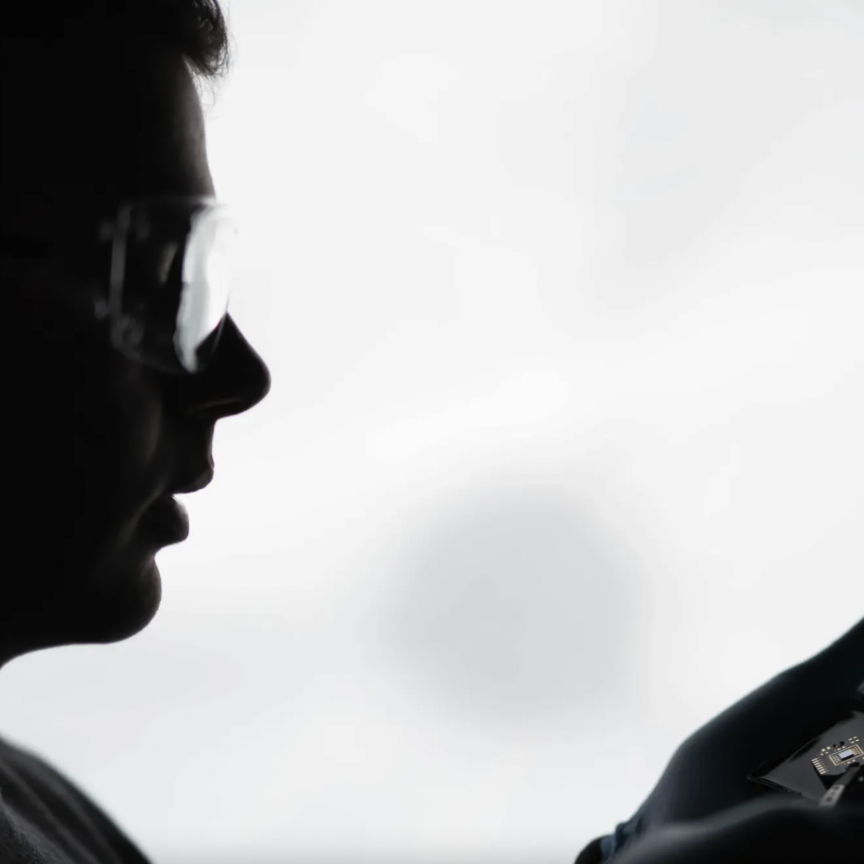Notal Vision, an ophthalmic diagnostic services company, has started a clinical trial in the United States to advance the commercialisation of its home-based, patient-operated, spectral-domain optical coherence tomography (SD-OCT) system.
The first targeted application of the Notal Home OCT is to monitor exudative (wet) age-related macular degeneration (eAMD) patients at home between regularly scheduled clinic assessments.
Using technology from Wasatch Photonics, the modular Notal Home OCT System will include a patient-operated (technician-free) OCT device easily used by elderly and visually-impaired patients with eAMD. The device will generate OCT images to be analysed by an artificial intelligence (AI) algorithm at the Notal Vision Diagnostic Clinic (NVDC). A patient’s physician will have access to their daily tests as well as notification of changes in disease.
Following several clinical studies in Israel, the first US study began in October 2018 at the Elman Retina Group in Baltimore, MD. The trial is enrolling eAMD patients with visual acuity as low as 20/400 to evaluate the performance and patient experience self-operating the device. A person with 20/400 vision must be 20 feet (six metres) away from something that a person with ‘perfect’ vision can see from 400 feet (122 metres).
‘Early user experience results indicate that elderly patients with advanced AMD and reduced visual acuity can effectively self-operate the Notal Home OCT with minimal training. Patient feedback specific to device simplicity, usability, and ease of testing has been exceedingly positive,’ said Michael Elman, MD, principal investigator.
Images produced by the Notal Home OCT System were shared with retina specialists at the American Academy of Ophthalmology (AAO) 2018 meeting, which took place in October 2018 in Chicago. The images were deemed to be of excellent quality, allowing clear identification of retinal pathology and in concordance with commercial OCT imaging performed in parallel, Wasatch Photonics has stated.
‘The initiation of our first US-based home OCT clinical trial is an important step towards bringing this leading-edge technology to eAMD patients, their caregivers, and the eye care community,’ said Dr Susan Orr, chief medical officer at Notal Vision and incoming chief executive officer.
‘As a team, we are excited to be making an impact in addressing one of the most critical unmet needs in retina with the Home OCT device’, said Dr David Creasey, chief executive officer at Wasatch Photonics.
Nishant Mohan, vice president of the OCT Division added: ‘We believe the innovation that has led to development of self-operated OCT for in-home patient use marks a critical juncture for this modality. As home-based OCT realizes its scale, its use and the data generated from it will be transformative to the future of ophthalmic instrumentation.’


